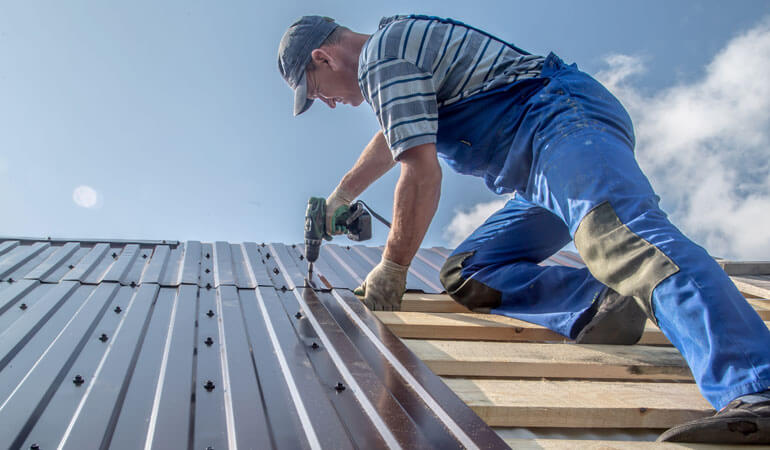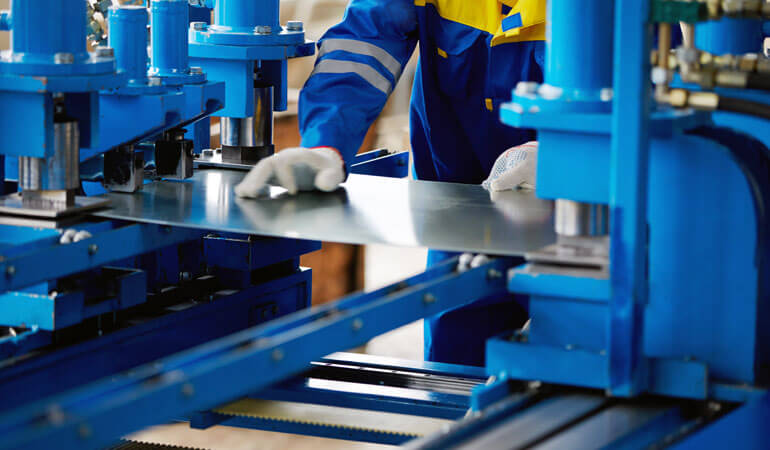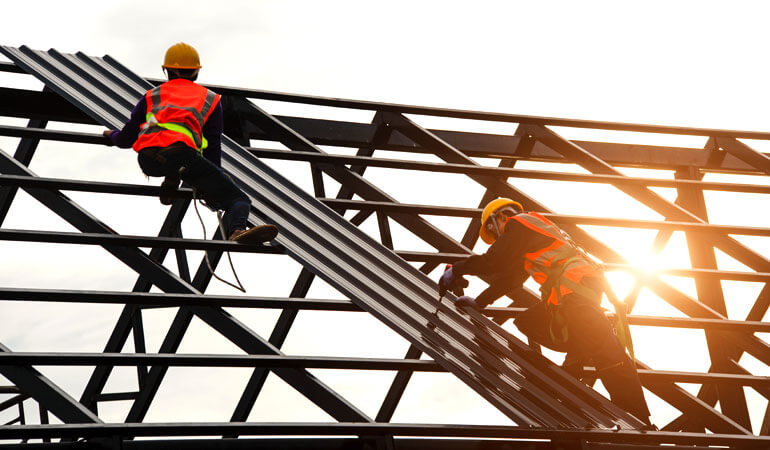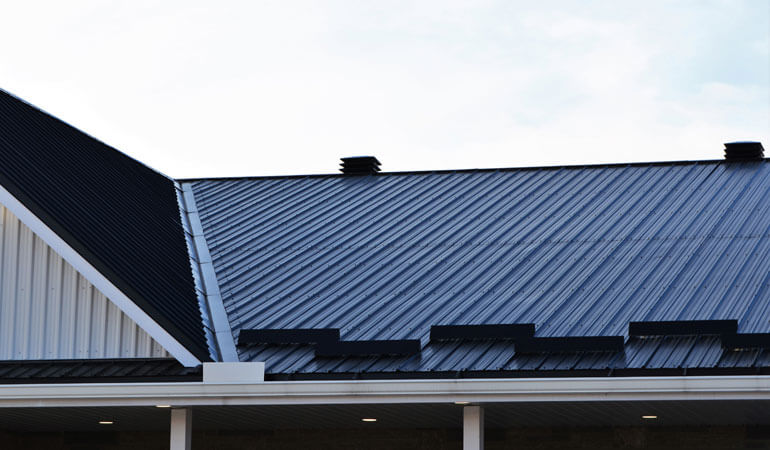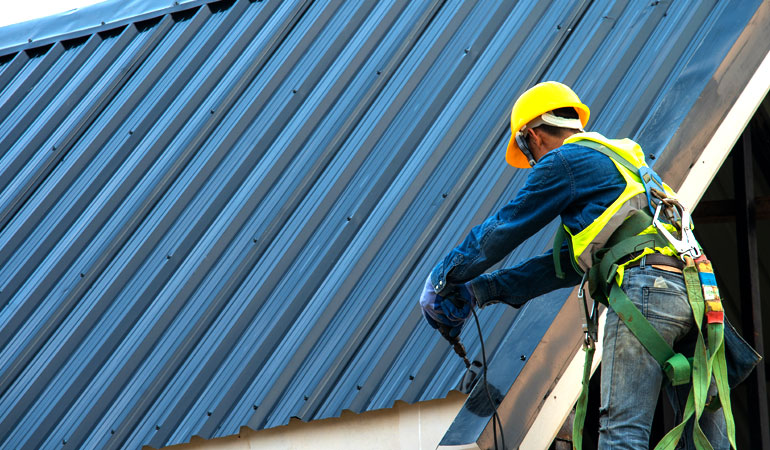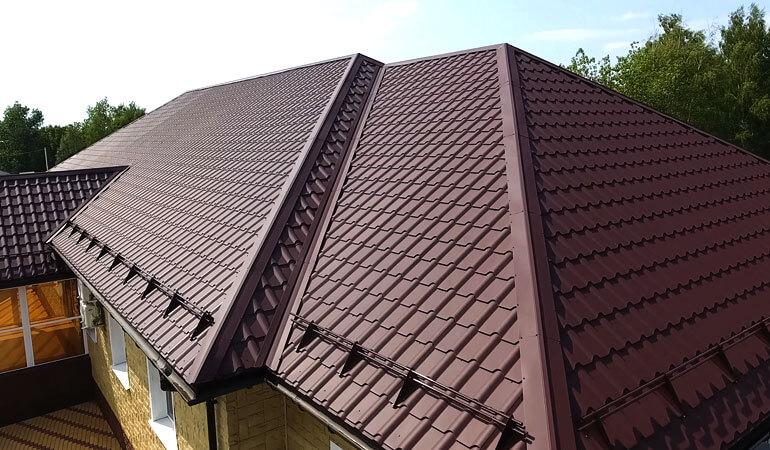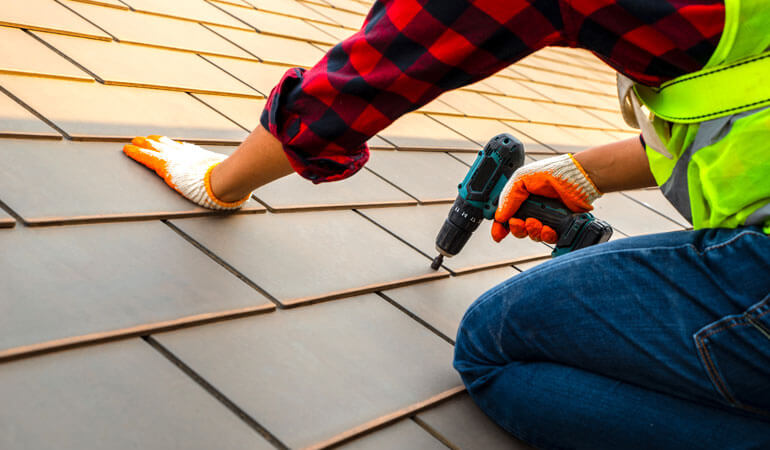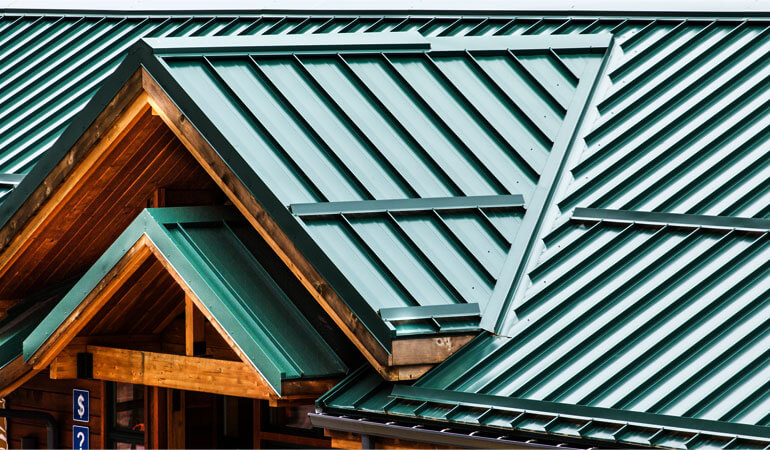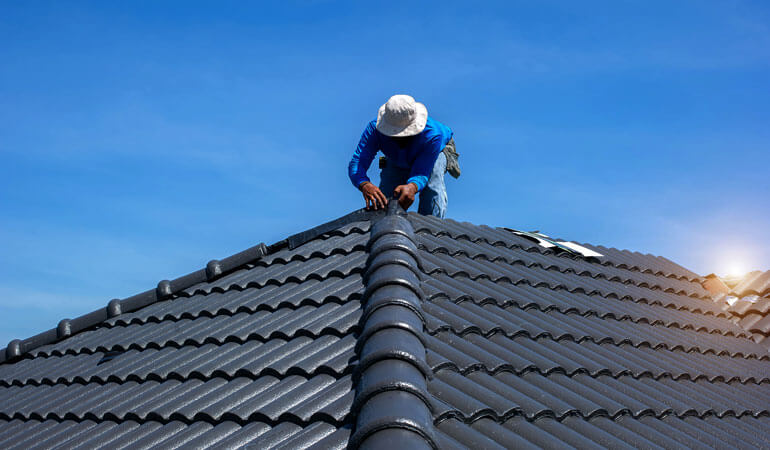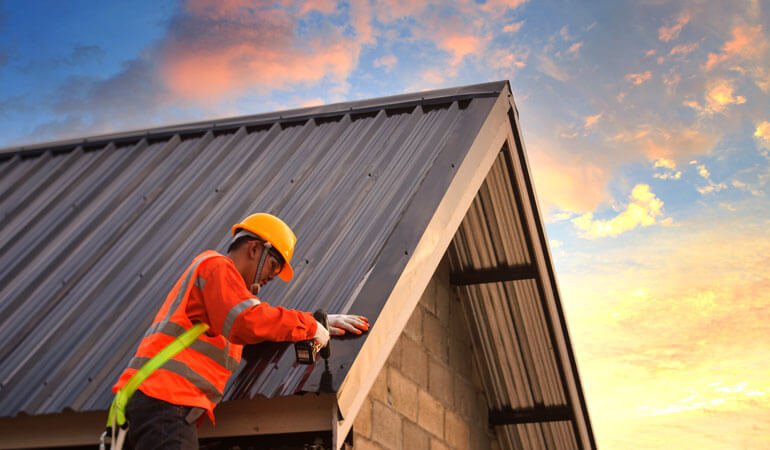What is the alternative to metal roofing?
Denting and corrosion are severe issues that are common among metal roofs. A concrete roof presents an excellent opportunity to avoid the possibility of a dent during heavy rain and windy climate.
The concrete roof is a solid slab of concrete, sometimes reinforced with iron rods. These roofs are made hurricane-proof with an efficient thickness of slab used for roofing.
When you need to install the roof, a framework of iron rods is made over which concrete is poured. Then, when settled down, the concrete gets reinforced with the framework and forms a robust structure.
Moreover, you can ask the experts to style these roofs in flat and complex structures.
Besides, the concrete roof is highly resistant to fire damage, fungi, termites, and water damage. The life of a concrete roof is more than 150 years depending upon the structure and material used.
The initial installation cost of a concrete roof can be very high. In addition to the price, concrete roofing is a labor-intensive job. Hence, expenses increase manifold. But concrete roofs provide exceptional value for money. These roofs are immensely durable and don't bend like metal roofs under high pressure. Also, a concrete roof requires minimal maintenance.
You should know that the concrete is made up of natural elements; hence these roofs are more eco-friendly than any other roofing. The roof can quickly go down in the ground instead of being sent to landfills. The top is also energy efficient when it comes to regulating the inside temperature.
All in all, for you, a concrete roof can be a heavy investment, but it has its advantages and disadvantages. Therefore, it's your choice to make. However, we suggest that you go for a metal roof as it's still a great roofing option for long-lasting solutions.

